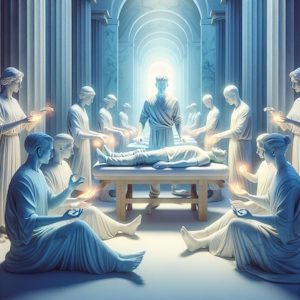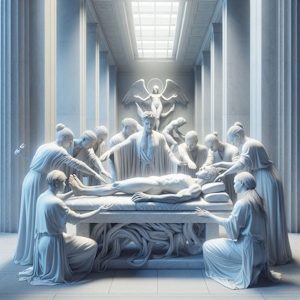Tracing its Foundations and the Contributions of Dr. Hayashi’s Clinics
Origins of Multi-Practitioner Reiki
Reiki, a spiritual practice originating in Japan, has evolved into a global healing art since its inception in the early 20th century. The practice was founded by Mikao Usui, who developed the Usui Reiki Ryoho system based on ancient Buddhist teachings and his own spiritual experiences. Reiki involves the channeling of universal life energy to promote healing and balance in the body, mind, and spirit.
Multi-practitioner Reiki, the concept of several practitioners working simultaneously on a single recipient, emerged organically as the practice spread and diversified. This collaborative approach amplifies the flow of energy and creates a harmonious synergy among practitioners, offering a more profound healing experience for the recipient. They have become an innovative part of the practice, particularly in clinical and group healing environments.



